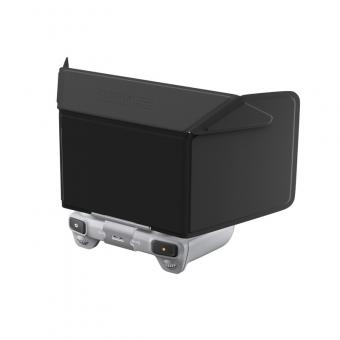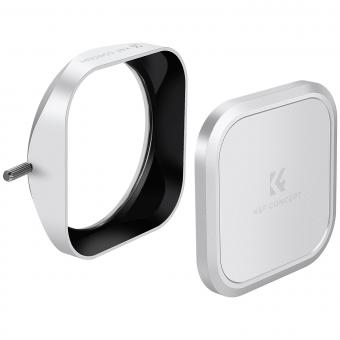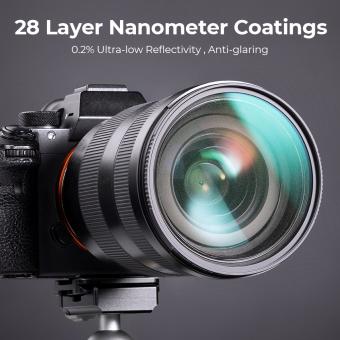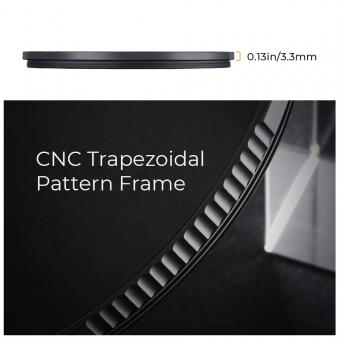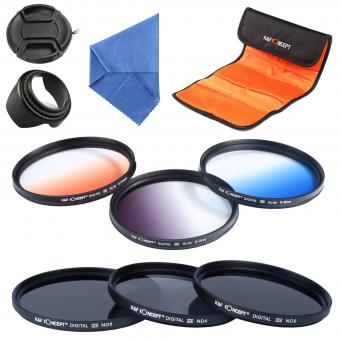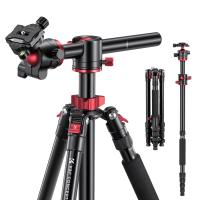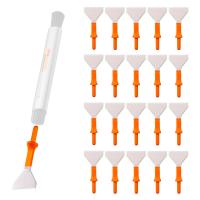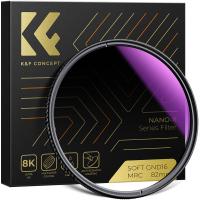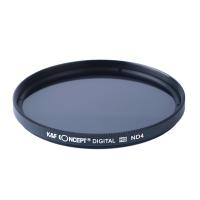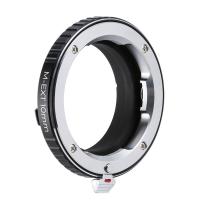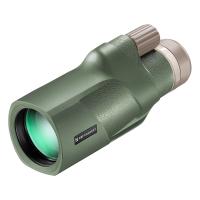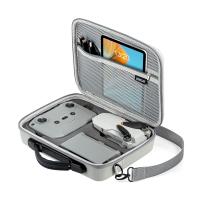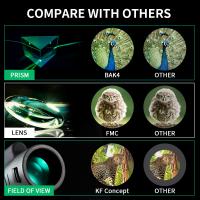How To Use Lens Hood And Filter ?
To use a lens hood, simply attach it to the front of your camera lens. The hood is designed to block stray light from entering the lens and causing lens flare or reducing contrast in your images. It helps to improve image quality by reducing unwanted reflections and glare. Make sure to use the correct hood size for your lens.
To use a filter, first, determine the type of filter you want to use, such as a UV filter, polarizing filter, or neutral density filter. Screw the filter onto the front of your lens, ensuring it is securely attached. Filters can be used to enhance colors, reduce reflections, or control exposure. Experiment with different filters to achieve the desired effect in your photographs.
1、 Lens Hood: Purpose and Benefits in Photography
A lens hood is an essential accessory for photographers that attaches to the front of the lens. Its primary purpose is to block stray light from entering the lens and causing unwanted lens flare or ghosting. By shading the lens from light coming in at extreme angles, a lens hood helps to improve image quality and contrast.
To use a lens hood, simply attach it to the front of your lens by screwing it on or sliding it into place. Make sure it is securely fastened to prevent it from falling off during shooting. The hood should be positioned in a way that it extends beyond the front element of the lens, effectively blocking light from entering at oblique angles.
When using a lens hood, it is important to choose the correct type for your lens. Different lenses have different angles of view, so using the wrong hood may result in vignetting or blocking a portion of the image. It is recommended to use a lens hood specifically designed for your lens model.
In addition to its primary purpose of reducing lens flare, a lens hood also provides physical protection for the front element of the lens. It acts as a barrier, shielding the lens from accidental bumps, scratches, and fingerprints. This can help prolong the lifespan of your lens and maintain its optical performance.
When using a lens hood, it is still possible to attach filters to the lens. However, it is important to ensure that the filter does not interfere with the hood or cause vignetting. Using a slim or low-profile filter can help minimize any potential issues.
In conclusion, a lens hood is a valuable tool for photographers that helps improve image quality by reducing lens flare and providing physical protection. By following the correct installation and choosing the appropriate hood for your lens, you can enhance your photography and protect your equipment.
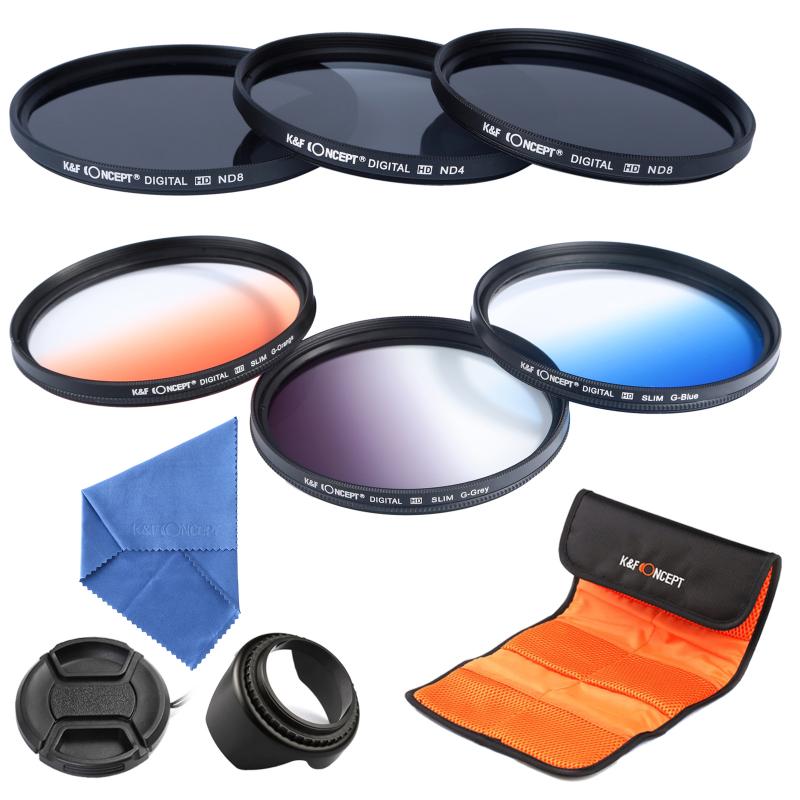
2、 Types of Lens Hoods and Their Functions
A lens hood is an essential accessory for photographers that helps to improve image quality by reducing lens flare and protecting the lens from accidental damage. Additionally, filters are used to enhance or alter the image in various ways. Understanding how to use lens hoods and filters can greatly enhance your photography skills.
To use a lens hood, first, identify the correct hood for your lens. There are different types of lens hoods, such as petal-shaped, round, or rectangular, designed to fit specific lenses. Attach the hood by aligning the mounting grooves and twisting it into place. The hood should fit securely without obstructing the field of view.
The primary function of a lens hood is to prevent stray light from entering the lens and causing flare. It also helps to protect the lens from accidental bumps and scratches. When shooting outdoors, position the hood in a way that it shades the lens from direct sunlight or other strong light sources. This will help to reduce the chances of lens flare and improve contrast in your images.
Filters, on the other hand, are used to achieve various effects. There are different types of filters available, including UV filters, polarizing filters, neutral density filters, and color filters. Each filter serves a specific purpose, such as reducing haze, enhancing colors, or controlling exposure.
To use a filter, screw it onto the front of your lens. Make sure it is securely attached to avoid any unwanted movement or vignetting. Experiment with different filters to achieve the desired effect in your photographs.
In recent years, there has been a shift towards digital post-processing techniques that can replicate some of the effects achieved with lens hoods and filters. However, lens hoods and filters still play a crucial role in photography, especially when it comes to protecting the lens and achieving certain effects in-camera. Therefore, it is important to understand how to use them effectively to enhance your photography skills.

3、 Proper Installation and Usage of a Lens Hood
A lens hood is an essential accessory for photographers as it helps to reduce lens flare and improve image quality. Additionally, using a filter can further enhance your photography by adding various effects or protecting your lens. Here is a guide on how to properly install and use a lens hood and filter.
1. Lens Hood Installation:
- Check the lens hood compatibility: Ensure that the lens hood is compatible with your specific lens model.
- Attach the lens hood: Align the hood's mounting groove with the lens' mounting thread and rotate it clockwise until it locks securely in place.
- Adjust the hood position: Some lens hoods have a locking mechanism that allows you to adjust the position of the hood. Rotate it to the desired angle to block unwanted light effectively.
2. Filter Installation:
- Choose the right filter: Select a filter based on your desired effect or purpose, such as UV, polarizing, or neutral density filters.
- Clean the lens: Before attaching the filter, clean the lens surface to avoid any dust or smudges affecting image quality.
- Screw on the filter: Align the filter's threads with the lens' threads and gently screw it on until it is snug. Be careful not to overtighten, as it may become difficult to remove later.
Proper Usage:
- Keep the lens hood on: Leave the lens hood on at all times, as it helps to prevent stray light from entering the lens and causing flare or ghosting.
- Adjust the hood position: Depending on the shooting conditions, you may need to adjust the hood's position to block light effectively. For example, when shooting in bright sunlight, position the hood to shade the lens from direct light.
- Use filters selectively: Filters can be used to enhance your images creatively or protect your lens. However, it's important to use them selectively and only when necessary, as they can affect image quality if used excessively.
In conclusion, properly installing and using a lens hood and filter can significantly improve your photography. By following these guidelines, you can effectively reduce lens flare, block unwanted light, and add creative effects to your images.
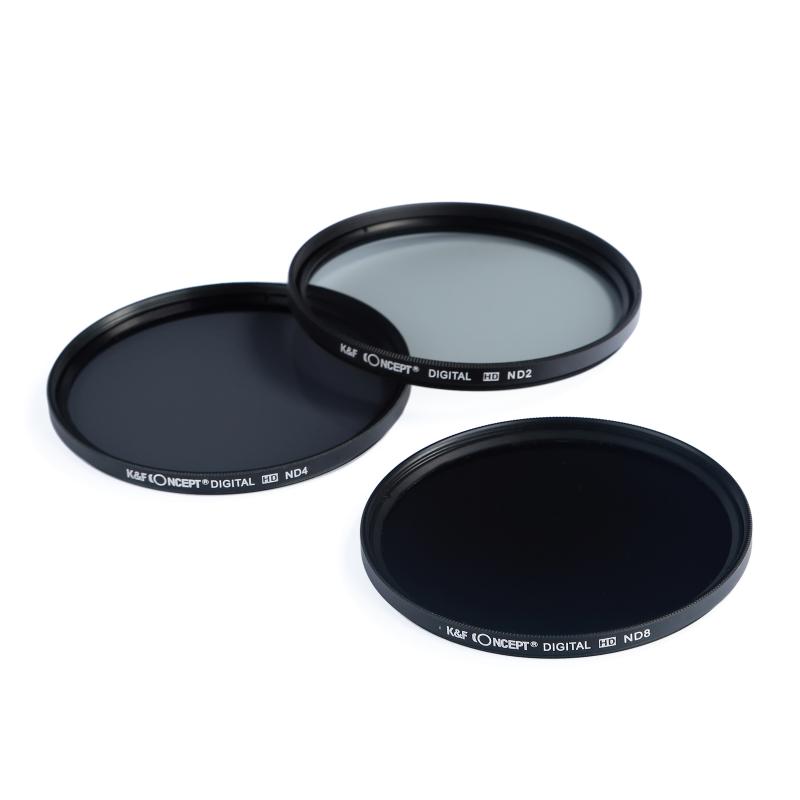
4、 Understanding Lens Filters and Their Effects on Photography
A lens hood and filter are essential accessories for photographers looking to enhance their photography skills. Here's a guide on how to use lens hoods and filters effectively.
Lens Hood:
1. Attach the lens hood to the front of your camera lens. It should fit securely and not obstruct the view.
2. The primary purpose of a lens hood is to prevent stray light from entering the lens, reducing lens flare and improving image contrast.
3. Use a lens hood when shooting in bright sunlight or when there are strong light sources in the frame.
4. In addition to reducing flare, a lens hood also provides physical protection to the front element of the lens, shielding it from accidental bumps or scratches.
5. Some lens hoods are designed to be collapsible or adjustable, allowing you to adjust the amount of shade provided based on your shooting conditions.
Lens Filters:
1. Screw the filter onto the front of your lens. Ensure it is securely attached and doesn't cause any vignetting.
2. Filters come in various types, each serving a specific purpose. Common filters include UV filters, polarizing filters, neutral density filters, and graduated filters.
3. UV filters primarily protect the lens from scratches, dust, and moisture. They also reduce the bluish cast that can occur in certain lighting conditions.
4. Polarizing filters reduce reflections and glare, enhance color saturation, and improve contrast. They are particularly useful when shooting landscapes or water scenes.
5. Neutral density filters reduce the amount of light entering the lens, allowing for longer exposures or wider apertures in bright conditions.
6. Graduated filters have a gradient effect, allowing you to balance exposure between the sky and the foreground in landscape photography.
It's important to note that the latest point of view on lens hoods and filters is that while they are still valuable tools, advancements in lens coatings and post-processing software have reduced the necessity for their use in certain situations. However, they still provide physical protection to the lens and can enhance image quality in specific scenarios.







